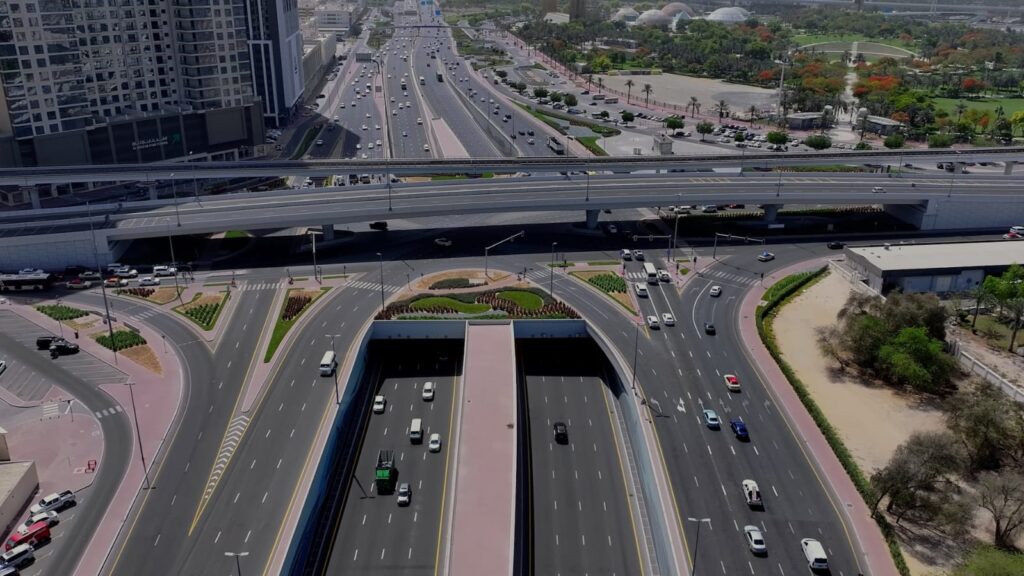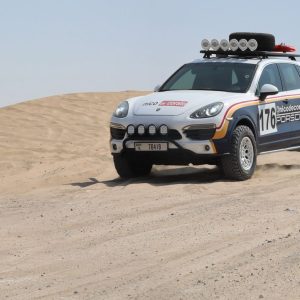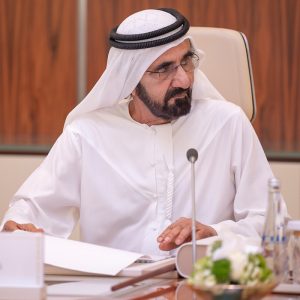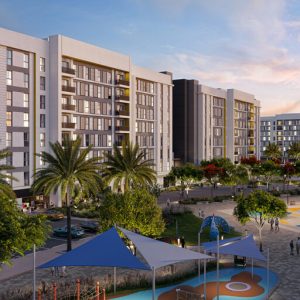The Roads and Transport Authority (RTA) has successfully completed all phases of the Al Shindagha Corridor Development Project on the Bur Dubai side, marking a major milestone in the city’s transportation network. This ambitious project aims to improve traffic flow, connectivity, and accessibility for both residents and visitors in the historic and bustling area of Bur Dubai. The completion of this corridor is expected to ease congestion, enhance safety, and contribute significantly to Dubai’s urban landscape.
In this article, we explore the key aspects of the project, its benefits, and what the completion means for the future of Bur Dubai and the wider Dubai metropolitan area.
What is the Al Shindagha Corridor Development Project?
The Al Shindagha Corridor Development Project is part of Dubai’s broader vision to improve infrastructure and provide more efficient transportation solutions. The project focuses on upgrading and expanding the road network, including widening roads, constructing new intersections, and creating smarter traffic management systems.

This corridor is a critical route linking the key districts of Dubai, connecting Bur Dubai with other major areas such as Deira, Al Jaddaf, and the Dubai Creek area. By modernizing this vital stretch, the RTA hopes to cater to the growing demands of a rapidly expanding population and the rising number of vehicles on the road.
Key Phases of the Development Project
The project was executed in several phases, each addressing different components of the roadway, intersections, and pedestrian infrastructure. These phases were designed to ensure that the transformation of Al Shindagha was done in a systematic and efficient manner, minimizing disruption to the daily flow of traffic.

Phase 1: The first phase focused on the widening of the main roads, creating additional lanes to accommodate the increasing volume of vehicles. This expansion of the road network is expected to significantly reduce traffic jams, especially during peak hours.
Phase 2: The second phase was dedicated to the creation of new intersections and the redesign of existing ones. These upgrades are expected to improve the flow of traffic by minimizing bottlenecks and reducing travel times across the corridor.
Phase 3: The third and final phase involved the implementation of state-of-the-art smart traffic systems. These intelligent systems will manage traffic more efficiently, providing real-time data and monitoring the movement of vehicles to optimize traffic light timings and prevent gridlocks.
Benefits of the Al Shindagha Corridor Development
The completion of the Al Shindagha Corridor Development Project will bring numerous benefits to the Bur Dubai area and the greater Dubai city. Some of the key advantages include:
Improved Traffic Flow and Reduced Congestion
One of the primary goals of the project was to tackle the traffic congestion that plagued the Al Shindagha area. By widening roads, adding lanes, and optimizing intersections, the RTA expects a significant reduction in travel time for commuters. With smoother traffic flow, residents, visitors, and business owners in the area will experience less hassle during their daily commutes.
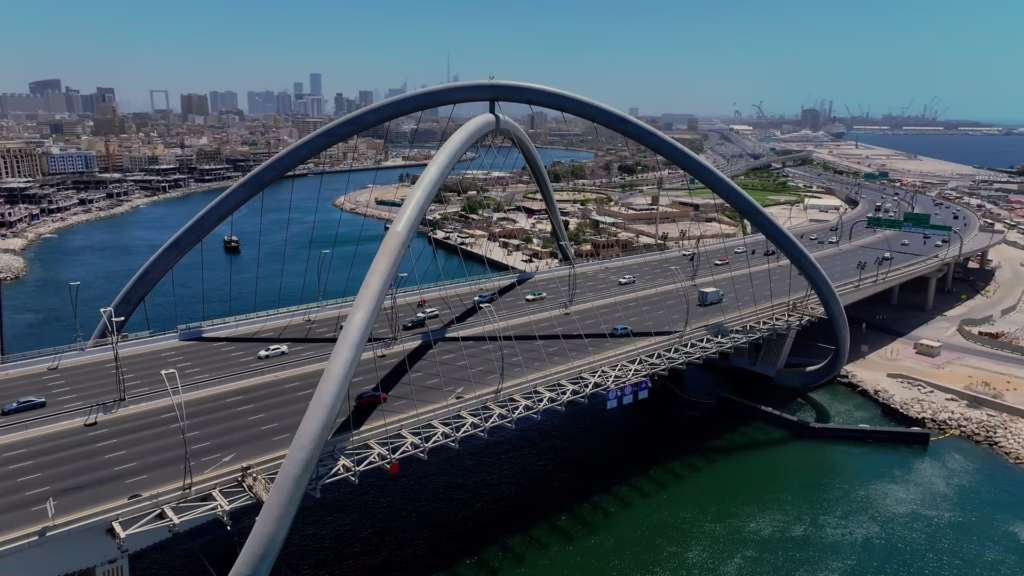
Better Connectivity Across Key Areas
The Al Shindagha Corridor connects important districts in Dubai, including the iconic Bur Dubai, Deira, and the Al Jaddaf area. As such, the improvements made to the road network will enhance overall connectivity, making it easier for people to travel between these regions. This increased connectivity is expected to boost local businesses and tourism, benefiting the economy.
Increased Safety for All Road Users
The development project also aimed to improve safety on the roads. With wider lanes, better signage, and safer intersections, the likelihood of accidents and traffic-related incidents will decrease. Furthermore, the installation of smart traffic systems will help prevent hazardous driving conditions by ensuring optimal traffic flow and timely signal changes.
Enhanced Pedestrian Facilities
Another important aspect of the project was the focus on pedestrian safety. The corridor now features better walkways, crossings, and improved lighting, making it safer for pedestrians to navigate the area. The RTA also designed the project with accessibility in mind, ensuring that people with disabilities can move around easily and safely.
What Does This Mean for the Future?
The completion of the Al Shindagha Corridor marks the end of a significant chapter in Dubai’s transport infrastructure development. However, it also sets the stage for further growth and improvements. The RTA has indicated that additional projects, such as expanding public transportation options and enhancing the city’s overall mobility system, will continue to shape the urban environment.
Dubai’s ambition to become a global hub for innovation, commerce, and tourism is firmly supported by infrastructure projects like the Al Shindagha Corridor. As the city’s population grows and its urban landscape continues to evolve, projects like these will be crucial to maintaining the flow of people and goods, keeping Dubai at the forefront of modern cities worldwide.
Conclusion
The successful completion of the Al Shindagha Corridor Development Project represents a significant achievement for the RTA and Dubai’s urban development. By upgrading the road network, enhancing connectivity, and improving safety, the project will undoubtedly play a key role in shaping the future of Bur Dubai and the wider city.
With a commitment to modernizing transportation infrastructure, Dubai is moving closer to realizing its vision of becoming a global leader in urban development and smart city solutions. Residents and visitors alike can look forward to a more connected, safer, and more efficient transportation system in the coming years.
Final Thoughts
As the Al Shindagha Corridor project reaches its completion, Dubai is well on its way to creating an even more dynamic and thriving urban environment. With an ever-growing population and increasing demands on infrastructure, projects like these will continue to improve the daily lives of residents, boost economic growth, and support the city’s ambitious plans for the future.
Read More: Mace Survey Shows Global Climate Response Is Largely Theoretical

